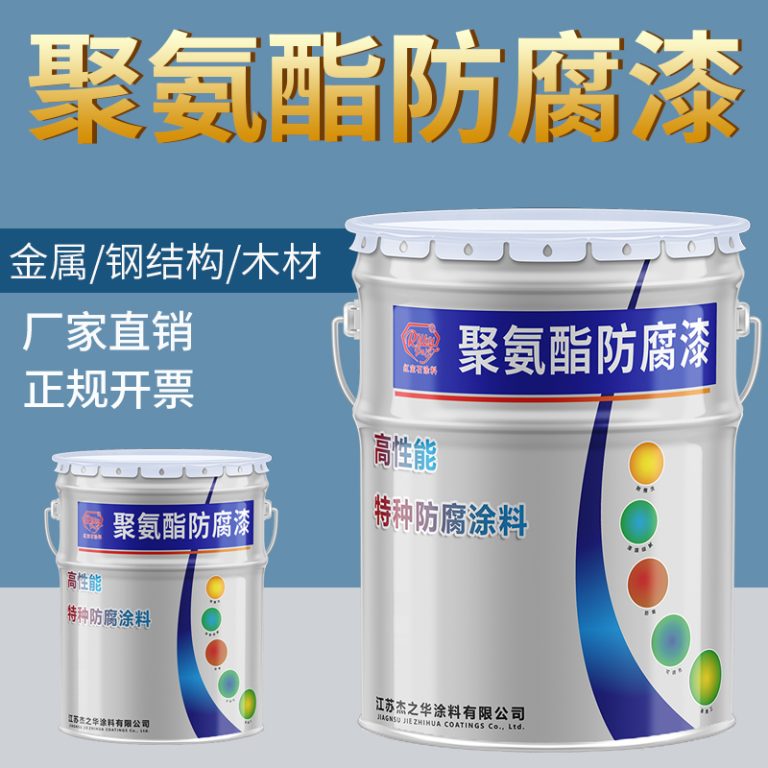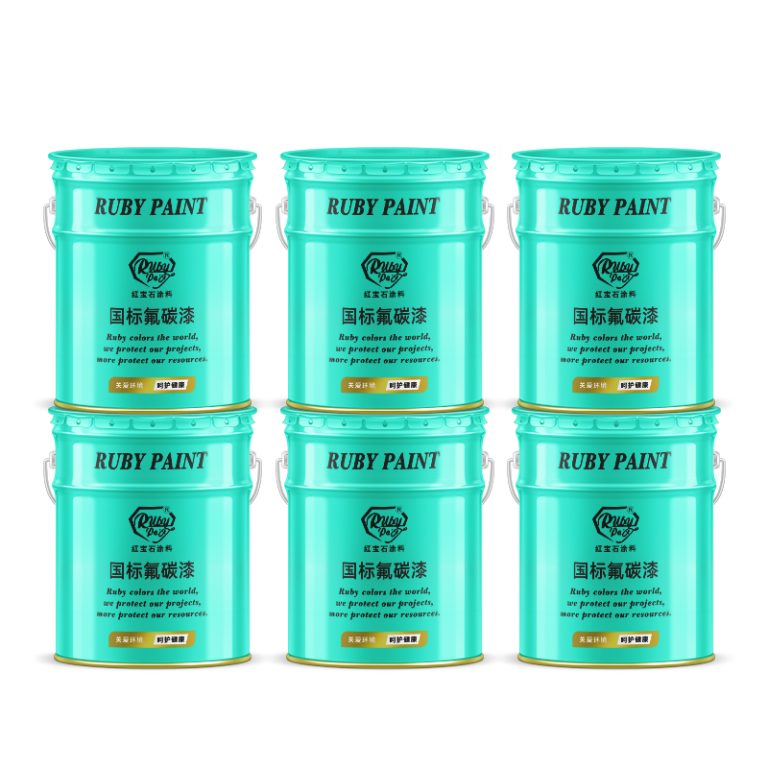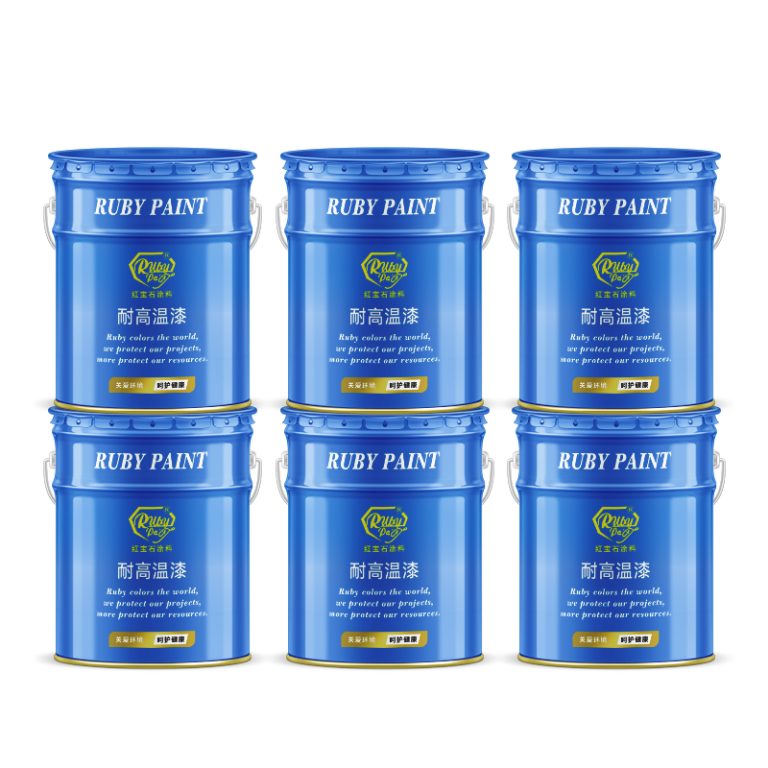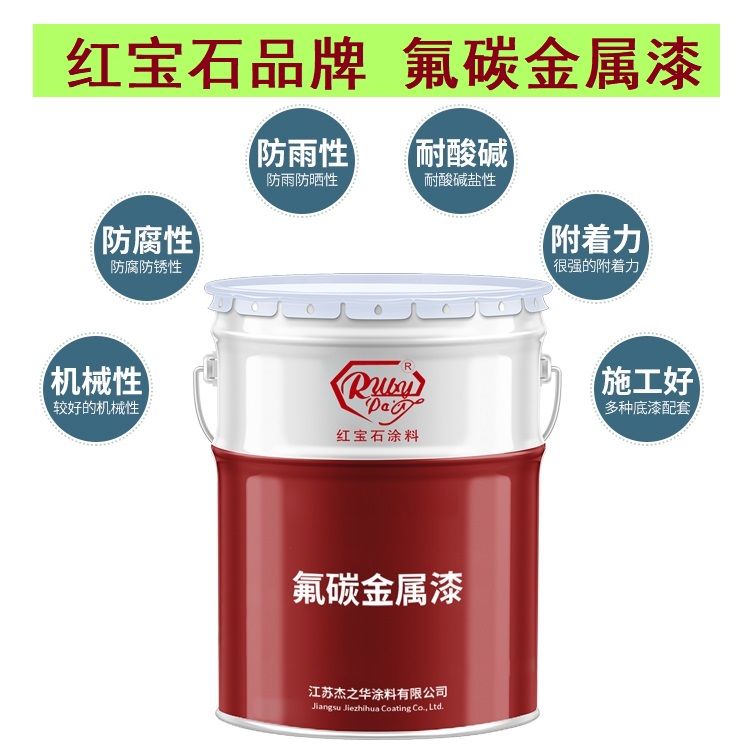Table of Contents
The Environmental Impact of Fluorocarbon Treatment in Textile Manufacturing
Fluorocarbon Treatment: The Environmental Impact in Textile Manufacturing
The textile industry has long been a significant contributor to environmental pollution, and one of the lesser-known but impactful processes is the fluorocarbon treatment of fabrics. This treatment, designed to impart water and stain repellency to textiles, involves the application of perfluorinated chemicals (PFCs) that have raised considerable environmental concerns. Understanding the implications of this treatment is crucial for both consumers and manufacturers as the industry moves towards more sustainable practices.
Fluorocarbon treatment works by creating a molecular barrier around fibers, which repels oil and water, thereby protecting the fabric from stains and moisture. This technology has been widely adopted in the production of outdoor clothing, furnishings, and other textile products that benefit from being water-resistant. However, the environmental impact of this treatment is multifaceted and extends far beyond the manufacturing process.
One of the primary concerns with fluorocarbon treatment is the persistence of PFCs in the environment. These chemicals are incredibly resistant to degradation, which means they can remain in the environment for many years after their release. Consequently, they accumulate in the soil, waterways, and living organisms, including humans, leading to a phenomenon known as bioaccumulation. The presence of PFCs in the environment has been linked to a range of adverse effects, including toxicity to aquatic life, potential disruption of endocrine systems, and implications for human health.
Moreover, the production of fluorocarbon-treated textiles involves processes that consume significant amounts of water and energy. The application of PFCs requires substantial water for both the treatment and subsequent washing processes, which not only depletes water resources but also results in contaminated wastewater. This wastewater, if not properly treated, can introduce PFCs into local water systems, affecting both wildlife and human populations.
The challenges posed by fluorocarbon treatment have not gone unnoticed, and there is a growing movement within the textile industry to find alternatives. Researchers are actively exploring new technologies and treatments that can provide similar levels of protection without the environmental toll. These include short-chain fluorocarbons, which are less persistent in the environment, and non-fluorinated compounds that offer water repellency through different mechanisms.
In addition to technological innovations, there is also a push for stricter regulations and better management practices. Governments and environmental organizations are working to establish guidelines that limit the use of harmful chemicals in textile manufacturing. Manufacturers are encouraged to adopt best practices for wastewater treatment to ensure that harmful substances are removed before being released into the environment.
Consumer awareness is another critical factor in mitigating the environmental impact of fluorocarbon treatment. As consumers become more conscious of the ecological footprint of their purchases, they can drive demand for more sustainable textile products. By choosing items that are untreated or treated with environmentally friendly alternatives, consumers can influence manufacturers to prioritize sustainability in their production processes.
In conclusion, while fluorocarbon treatment has provided valuable functional benefits to textiles, its environmental impact cannot be overlooked. The persistence of PFCs in the environment, coupled with the resource-intensive nature of their application, poses significant ecological challenges. However, through a combination of innovative research, regulatory action, responsible manufacturing practices, and informed consumer choices, the textile industry can move towards a more sustainable future. It is imperative that all stakeholders work collaboratively to reduce the environmental footprint of textile manufacturing, ensuring that the benefits of advanced materials do not come at an unacceptable cost to our planet.
Innovations in Fluorocarbon Treatments for Enhanced Fabric Performance
Fluorocarbon treatment represents a significant advancement in the realm of textile engineering, offering a plethora of benefits that enhance fabric performance in various applications. This innovative treatment involves the application of fluorocarbon chemicals to textiles, which imbues them with exceptional water and stain repellency, without compromising on breathability or aesthetic appeal. As the demand for high-performance materials in both consumer and industrial markets continues to rise, the development of fluorocarbon treatments has become a focal point for researchers and manufacturers alike.
The underlying principle of fluorocarbon treatment is the molecular structure of fluorocarbons themselves. These compounds are characterized by strong carbon-fluorine bonds, which are among the strongest in organic chemistry. This robustness translates into a high degree of resistance to heat, chemicals, and UV radiation. When applied to fabrics, fluorocarbons create a low surface energy, which means that water and oil-based substances are less likely to adhere to the material. Consequently, textiles treated with fluorocarbons exhibit superior resistance to soiling, staining, and moisture penetration.
Moreover, the versatility of fluorocarbon treatments is noteworthy. They can be applied to a wide range of textile materials, including natural fibers like cotton and wool, as well as synthetic fibers such as polyester and nylon. This adaptability makes it possible to enhance the performance of a diverse array of products, from outdoor apparel and gear to upholstery and industrial workwear. The treatment can be tailored to suit the specific needs of the end-use, allowing for a customized balance between water repellency and other desired fabric properties.
In addition to their protective qualities, fluorocarbon treatments have been refined to maintain the natural breathability of fabrics. This is particularly important for clothing, where comfort is paramount. Traditional water-repellent coatings often sealed fabrics, trapping air and moisture and leading to discomfort for the wearer. However, modern fluorocarbon treatments are designed to preserve the porosity of the textile, ensuring that air and vapor can still pass through. This innovation has been a game-changer for the production of high-performance sportswear and outdoor clothing, where the ability to manage perspiration and regulate temperature is essential.
Environmental considerations have also played a significant role in the evolution of fluorocarbon treatments. Historically, concerns have been raised about the persistence and potential toxicity of certain fluorocarbon compounds, particularly perfluorooctanoic acid (PFOA) and perfluorooctanesulfonic acid (PFOS). In response, the industry has made strides in developing more environmentally friendly alternatives that do not compromise on performance. Newer formulations are designed to break down more readily in the environment, reducing their long-term impact while still providing effective fabric protection.
| Serial Number | Product |
| 1 | Fluoracarbon primer paint |
The future of fluorocarbon treatments looks promising, with ongoing research focused on further enhancing their efficacy and environmental profile. Innovations in the application process, such as plasma treatments and nanotechnology, are being explored to achieve more uniform and durable coatings. Additionally, the potential for recycling and reusing treated fabrics is an area of interest, as sustainability becomes an increasingly important consideration for consumers and manufacturers alike.
| No. | Name |
| 1 | Industrial paint |
In conclusion, fluorocarbon treatments represent a significant innovation in fabric performance enhancement. By providing robust protection against water, stains, and other contaminants, while maintaining fabric breathability and comfort, these treatments have revolutionized the textile industry. As research continues to refine these treatments, we can expect to see even more advanced and sustainable solutions emerge, further solidifying the role of fluorocarbons in the future of high-performance textiles.
Comparing Fluorocarbon Treatment with Alternative Water Repellent Technologies
Title: Fluorocarbon Treatment
In the realm of water repellent technologies, fluorocarbon treatment has emerged as a prominent method for providing fabrics and other materials with a high degree of protection against moisture. This treatment involves the application of fluorocarbon chemicals, which, due to their low surface energy, do not allow water to adhere to the material’s surface. As a result, water droplets bead up and roll off, rather than soaking in. However, as environmental and health concerns grow, it is essential to compare fluorocarbon treatment with alternative water repellent technologies to assess their efficacy and impact.
Fluorocarbon treatments, also known as perfluorinated compounds (PFCs), have been widely used due to their durability and effectiveness. They create a molecular barrier that is both hydrophobic and oleophobic, meaning it repels both water and oil-based substances. This makes them particularly useful in outdoor and performance wear, where exposure to the elements is a significant factor. Moreover, the robustness of fluorocarbon treatments ensures that the repellent properties last through multiple washes and wear cycles, providing long-term value.
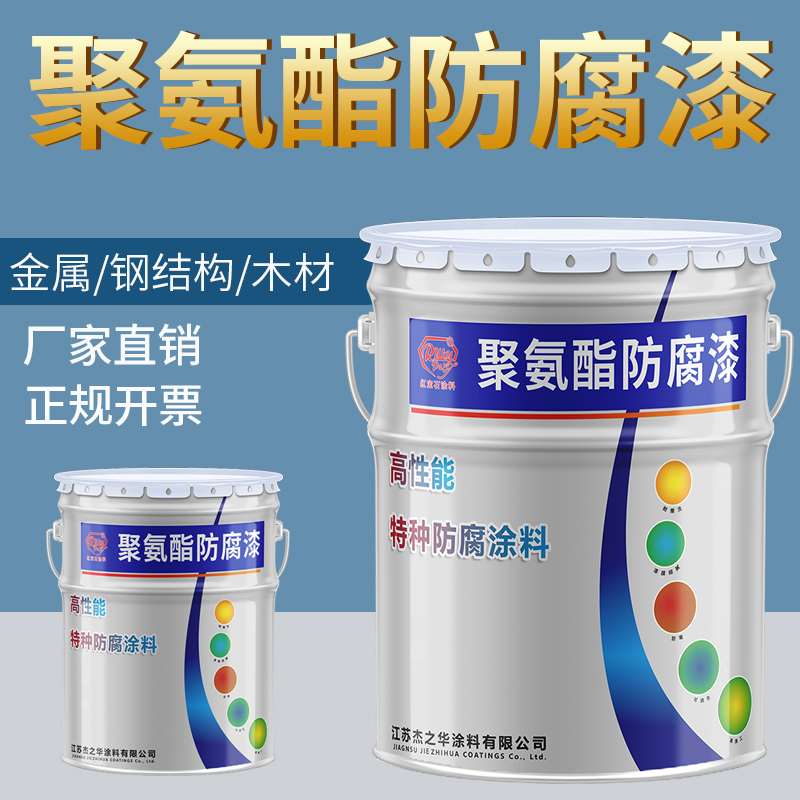
Nevertheless, the use of fluorocarbons has come under scrutiny due to environmental and health concerns. Studies have shown that certain PFCs can persist in the environment and accumulate in living organisms, leading to potential adverse effects. This has prompted researchers and manufacturers to explore alternative water repellent technologies that are more environmentally friendly and sustainable.
Silicone-based treatments are one such alternative. Silicones offer water repellency by coating the fibers of the material with a thin, flexible film. While they are not as long-lasting as fluorocarbons, silicone treatments are less likely to contain harmful chemicals and are generally considered to be more environmentally benign. However, their performance can be less consistent, and they may require more frequent reapplication to maintain their water-repellent properties.
Another emerging technology is the use of nanotechnology to create superhydrophobic surfaces. These treatments involve the application of nanoparticles that structure the surface of the material at a microscopic level, creating a layer of air that water droplets cannot penetrate. This approach is highly effective at repelling water and is often touted for its potential to reduce the use of hazardous chemicals. However, the long-term environmental impact of nanoparticles is not yet fully understood, and more research is needed to ensure their safety.
In addition to these, there are also bio-based repellents derived from natural sources such as plant extracts and waxes. These substances can provide a degree of water repellency, though they typically do not match the performance of synthetic treatments. Their main advantage lies in their biodegradability and reduced environmental footprint, making them an attractive option for eco-conscious consumers and brands.
In conclusion, while fluorocarbon treatment remains a highly effective method for imparting water repellency, the search for safer and more sustainable alternatives is gaining momentum. Silicone-based treatments, nanotechnology applications, and bio-based repellents each offer their own set of advantages and limitations. As the industry continues to evolve, it is likely that a combination of these technologies will be used to meet the varying needs of consumers while also addressing environmental and health concerns. The challenge lies in balancing performance with responsibility, ensuring that the materials we use are not only effective but also kind to the planet and its inhabitants.

